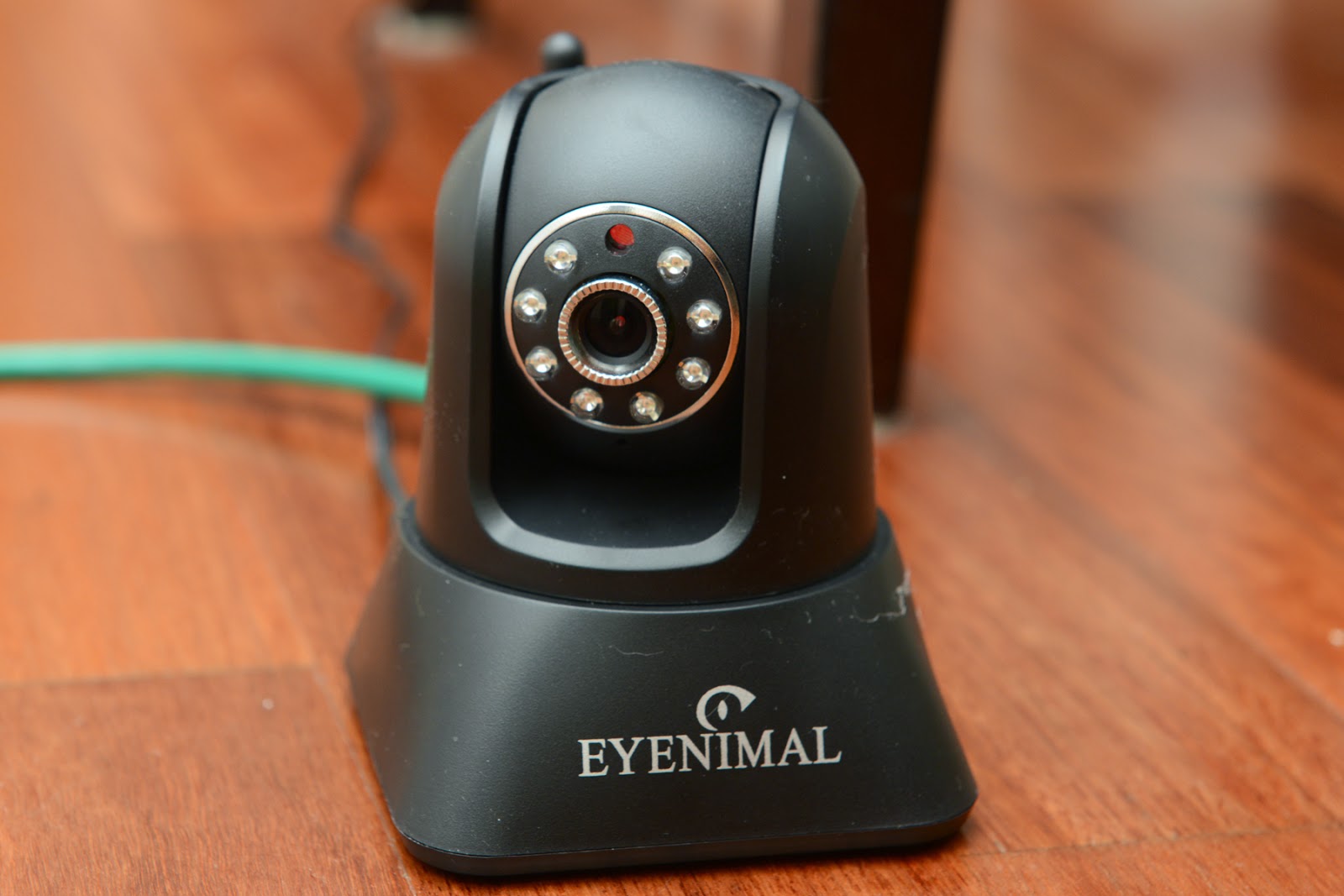 |
| Merry Christmas from Buddy (courtesy of Heike Hahner) |
The festive season is supposed to be fun, but it also brings a number of hazards that can land your pet into trouble. Fires (usually of the bush variety), food (of the festive kind) and fireworks (we're thinking New Year's Eve in particular) can all cause dramas for companion animals.
In
the Northern Hemisphere, Christmas is cold. But down South, it’s hot, hot, hot.
While our Northern counterparts need to worry about hypothermia and frostbite
in animals (like this poor dog), we
need to worry about keeping pets cool – providing water, shade, avoiding heat
stress and, unfortunately, bush fires.
The
ACT RSPCA has produced a guide on bushfire preparedness (read it here), including planning in advance
for evacuation. It’s a great reminder to also update your microchip details and
make sure your pet is wearing a collar and tag where possible so can be
reunited with you without delay in the event of becoming lost.
Its also that time of year where it hits home to me how seasonal companion animal work is. In the lead-up to Christmas, and its aftermath, we see a real peak in gastro (vomiting, diarrhoea), pancreatitis, and gastrointestinal foreign bodies as pet's overindulge in festive food.
Please read SAT's tips about BBQ hazards (here) and remember to be sensible when feeding treats to your pets. Pets tend to consume a more restricted diet than us, so a festive food blow-out can make them extremely ill.
If your pet is frightened by fireworks, you may want to take precautions on New Year's Eve (your veterinarian may prescribe anti-anxiety medication for your pet - they will need to examine your pet first), and/or you might consider admitting serial escape-artists to a boarding kennel for the night (or shipping in a dog sitter). You might also want to check our post about fears and phobias here.






